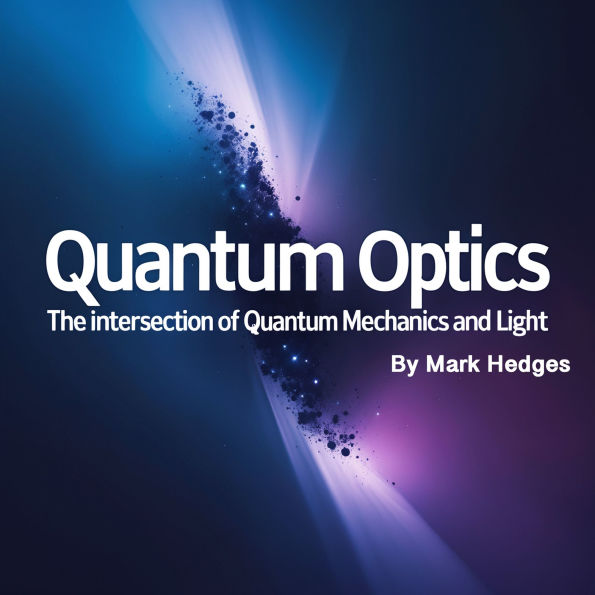Quantum optics is the study of the interaction between light and matter at the quantum level. It combines the principles of quantum mechanics and electromagnetic theory to explain the behavior of photons and their interactions with atoms, molecules, and other quantum systems. Unlike classical optics, which treats light as a continuous electromagnetic wave, quantum optics describes light as being composed of discrete particles called photons, each carrying a quantized amount of energy proportional to its frequency. The development of quantum optics has led to a deeper understanding of fundamental quantum phenomena, including entanglement, superposition, and quantum coherence.
The foundations of quantum optics were laid in the early 20th century with the development of quantum theory. In 1905, Albert Einstein proposed the photon theory of light to explain the photoelectric effect - the emission of electrons from a metal surface when exposed to light. Einstein suggested that light consists of discrete energy packets (photons) with energy E=h¿E = h\nu, where hh is Planck's constant and ¿\nu is the frequency of light. This idea introduced the concept of wave-particle duality, which was later incorporated into the broader framework of quantum mechanics.
Quantum optics is the study of the interaction between light and matter at the quantum level. It combines the principles of quantum mechanics and electromagnetic theory to explain the behavior of photons and their interactions with atoms, molecules, and other quantum systems. Unlike classical optics, which treats light as a continuous electromagnetic wave, quantum optics describes light as being composed of discrete particles called photons, each carrying a quantized amount of energy proportional to its frequency. The development of quantum optics has led to a deeper understanding of fundamental quantum phenomena, including entanglement, superposition, and quantum coherence.
The foundations of quantum optics were laid in the early 20th century with the development of quantum theory. In 1905, Albert Einstein proposed the photon theory of light to explain the photoelectric effect - the emission of electrons from a metal surface when exposed to light. Einstein suggested that light consists of discrete energy packets (photons) with energy E=h¿E = h\nu, where hh is Planck's constant and ¿\nu is the frequency of light. This idea introduced the concept of wave-particle duality, which was later incorporated into the broader framework of quantum mechanics.

Quantum Optics: The Intersection of Quantum Mechanics and Light

Quantum Optics: The Intersection of Quantum Mechanics and Light
FREE
with a B&N Audiobooks Subscription

Product Details
| BN ID: | 2940193874737 |
|---|---|
| Publisher: | Daphne Haydens LLC |
| Publication date: | 03/16/2025 |
| Edition description: | Unabridged |
Videos

